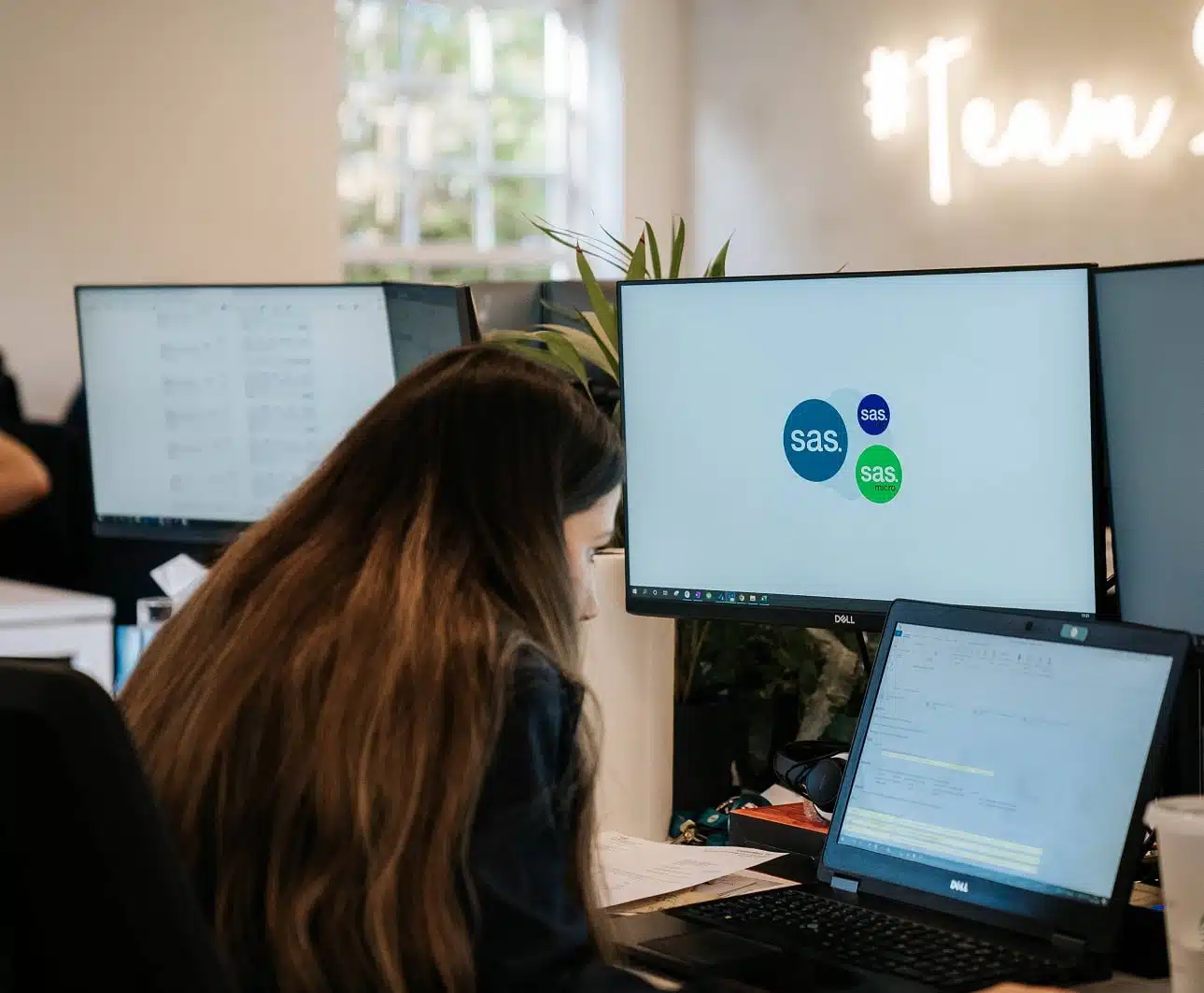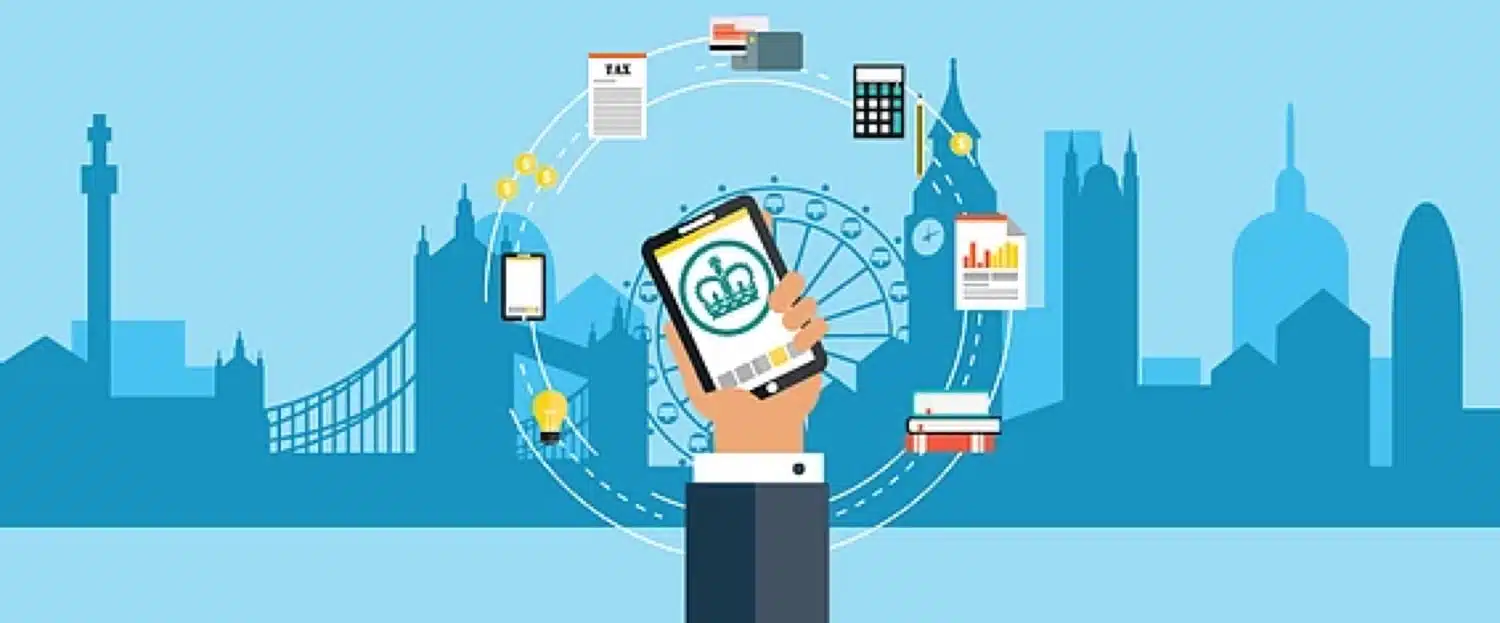‘Payments on account’ are advance payments towards your tax bill which HMRC ask individuals to pay if their tax bill exceeds £1,000, and if the majority of income is untaxed at source (i.e. self-employed profits).
You will not need to make a payment on account to HMRC if:
- Your tax bill was less than £1,000
- 80% or more of your tax was deducted via PAYE
How do they work?
They are payable twice a year and are based on previous year’s tax bill. The first payment on account is due 31st January and the second the 31st July. This means the first installment is due on the filing deadline along with the ‘balancing payment’ for the previous year.
Example:
Jake has been self-employed as a graphic designer from in the 2021/2022 tax year, meaning he needs to complete a self-assessment tax return for the year ended on 05/04/2022. This is his first year being self-employed as he recently graduated from university.
His tax bill for the 2021/2022 year is £5,000. He needs to pay this £5,000 balancing payment by 31/01/2023.
He also needs to pay two payments on account of £2,500 towards the next financial year (50% of £5,000), the first is due on 31/01/2023 and the second on 31/07/2023.
However when he submits his 2022/2023 self-assessment, he will have already paid £5,000 towards this tax bill. If his profits remain similar, he will not have a balancing payment to pay, and instead will just pay another payment on account towards the 2023/2024 in January 2024 essentially making a payment on account every six months thereafter.
If profits increase considerably, then he may have a balancing payment to make along with increased future payments on account and on the contrary, if profits fall he would be able to claim a repayment and will likely have lower payments on account





